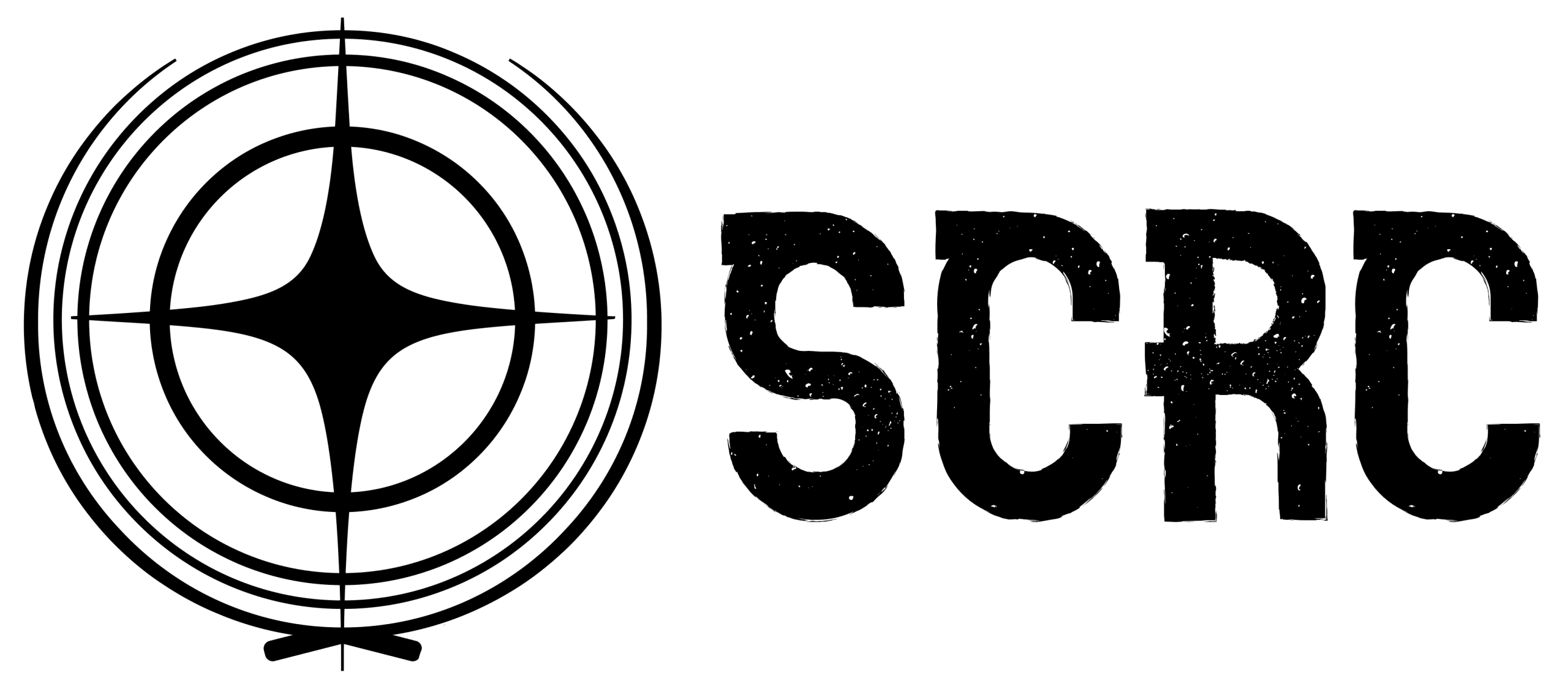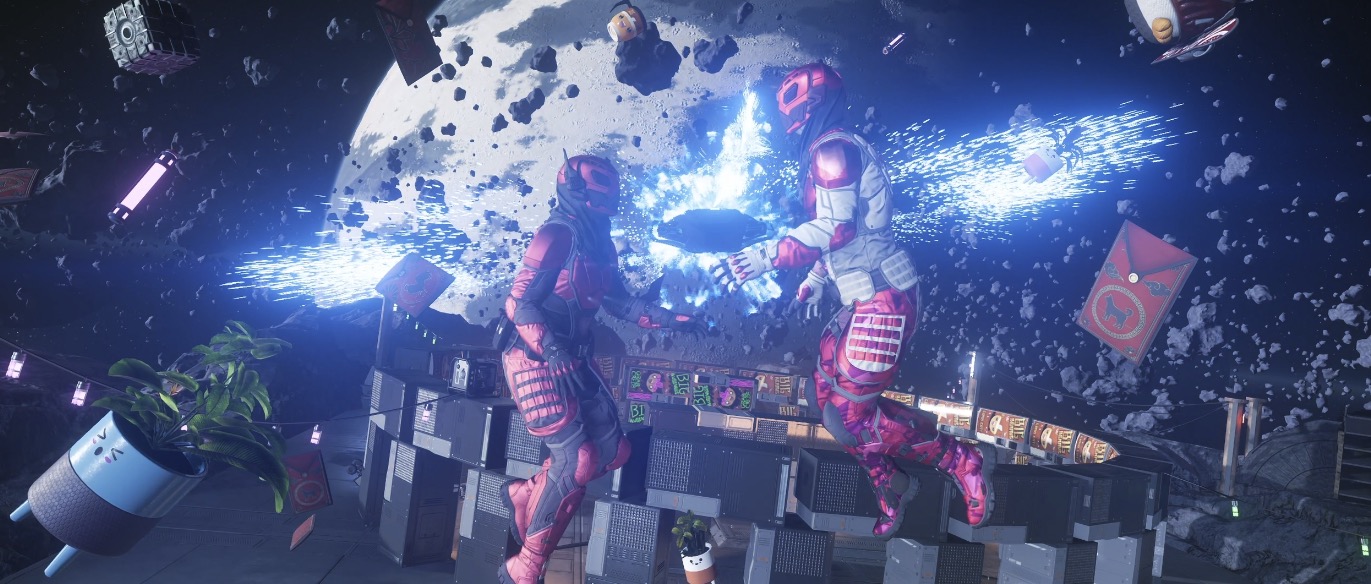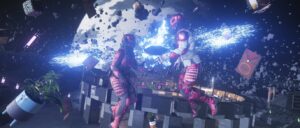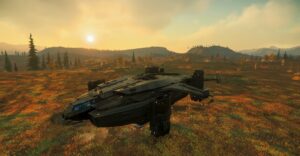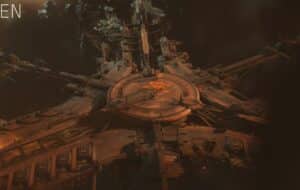AI Development Update
AI Features: Continuing our efforts from the previous report, AI Features remains dedicated to enhancing key initiatives, with the initial release planned for Alpha 3.23. Stay tuned for more details as we approach the release date.
AI Technology: In February, AI Technology concentrated on various enhancements, particularly in the navigation system. We focused on expanding the planetary navigation mesh to cover entire planets, overcoming previous limitations. Now, navigation tiles can be generated across any terrain patch on the planet, ensuring seamless movement. Our team is currently refining the tile border simplification process to ensure smooth connectivity between navigation tiles.
For NPCs utilizing trolleys, significant progress was made in refining trolley positioning within the environment. NPCs can now effectively maneuver trolleys to locations with varying orientations, enhancing overall interaction. Additionally, transit and elevator usage while pushing trolleys have been optimized for smoother navigation.
Improvements to spaceship behaviors have been implemented to enhance ship-versus-turret combat scenarios. Fighters now accurately target standalone turrets and execute appropriate combat maneuvers.
The Apollo tool received numerous updates, including enhanced error feedback for missions. Designers now receive immediate visual cues, such as turning logic boxes red in case of errors. Usability improvements have been made to facilitate navigation between mission callbacks, streamlining the design process. Furthermore, a new user interface for the Subsumption tool is in progress.
AI Technology remains committed to supporting PU releases while continuing development on upcoming features, which will be available in Alpha 3.23.
Art Development Update
Ships: Progress was made on the RSI Polaris, with the exterior reaching LOD0 and the interior nearing its greybox review stage. Interior sections were refined to align with gameplay requirements and artistic direction.
Two upcoming ship variants advanced through the pipeline, with one completing its LOD0 pass and the other passing the LOD0 Gate review. Feedback from these reviews informed final damage and LOD passes, as well as UV2 and paint completion.
The Aegis Retaliator underwent a gold-standard pass and awaits greybox gate review, with feedback from a recent sanity review currently under review. Progress continues on the ship’s base, cargo, and bombing/torpedo modules following minor art-direction adjustments.
Two unannounced vehicles successfully passed their LOD0 gate reviews and are progressing to the final development phase, which includes damage mesh implementation and LOD refinement.
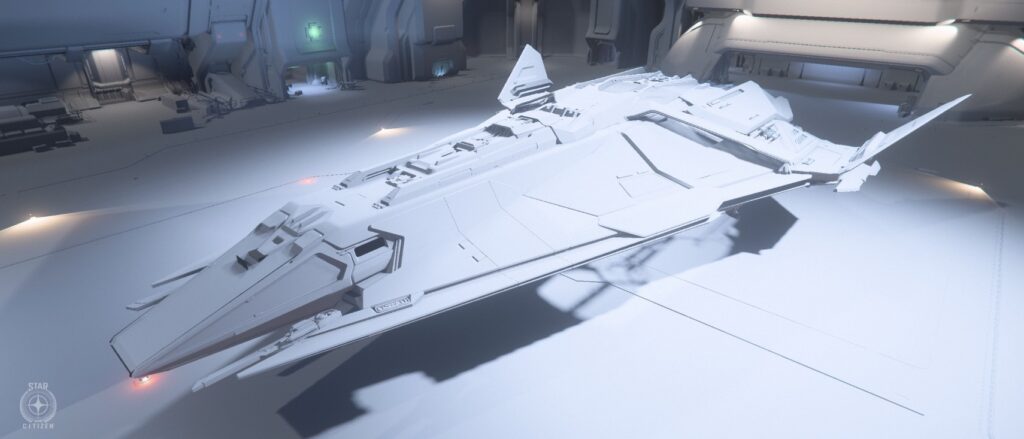
The RSI Zeus is nearing the end of the greybox stage, with geometry polishing underway. Various improvements were made to the cargo hold, ramp, and ramp-piston mechanism to enhance functionality and aesthetics. Additional detailing was added to enhance the visual depth of inner structures, while adjustments were made to maneuvering thrusters for better integration. The ship-to-ship docking ring door and frame underwent a redesign for better alignment with the RSI aesthetic, and the mess hall received significant polish. Updates to the ship’s habitation are currently in progress, including widening of central hallway bulkheads for improved navigation.
Another new ship completed its polish phase, while another progressed through whitebox, greybox, and LOD0 stages, with a final lighting pass scheduled before damage and LOD refinement.
Weapons Art Update:
In preparation for Alpha 3.23, Weapon Art has been diligently implementing a series of updates, with a focus on scope magnification and optic enhancements. Our goal is to revamp the entire scope system to meet modern FPS standards. Additionally, we have updated the existing iron sights across all weapons to ensure consistency and improved functionality.
In tandem with these scope enhancements, efforts have been made to refine and streamline reloading mechanics across all weapons. This includes optimizations to enhance the overall reloading experience for players.
Core Gameplay Update:
In February, the Core Gameplay team made significant strides in refining and enhancing various aspects of gameplay, gearing up for QA testing and Alpha 3.23 release.
Backpack reloading received further refinement, with magazines now repacked in a player’s inventory to consolidate multiple half-empty magazines into fewer full ones, enhancing inventory management efficiency.
Scope updates were prioritized, including enhancements to iron sights attachment functionality and the implementation of blur effects for optic sights. Additionally, the weapon-customization UI received improvements to its holographic appearance in preparation for a UI styling pass.
Progress was made on item wear and misfire mechanics, with the accumulator system receiving additional tools to facilitate easier testing and implementation.
Player interaction received attention with bug fixing and polishing efforts, including the addition of a game option to hide interaction prompts and new control hints for offscreen interactions.
Improvements were made to looting mechanics, allowing players to initiate loot screens from the interaction wheel and enabling auto-crouching when looting objects below the player’s level. Furthermore, support was added for automatically opening the inventory UI for lootable containers exceeding a certain capacity.
Legacy quick-buy UI is being replaced with Building Blocks, with plans to extend this system for renting vehicles during events. Work continued on UI backend for the freight elevator kiosk and various visor/lens HUD elements.
Enhancements to EVA mechanics included networking support improvements and adjustments to prevent clipping of player arms and held entities during traversal.
Prone mechanics were refined, with players now forced out of prone when performing actions requiring crouching, and further locomotion improvements were made in collaboration with the Animation team.
Tuning of archetypes for Master Modes progressed, with around 90% of the initial conversion completed, followed by refinement passes before release.
Jump points received updates with an alignment mechanic and a new UI providing information on ship capabilities for travel. Successful tests transitioning between Stanton and Pyro across separate servers were conducted.
‘Heat’ gameplay was introduced for resource network and engineering, requiring coolant for items generating heat, with the integration of Life Support into the resource network.
Debugging tools were improved for the room system to better understand resource network and life support interactions.
Radar & Scanning mechanics underwent a refactor to reduce radar components on vehicles and share data between seat operators, enhancing performance and gameplay.
Support for elevators in instanced hangars and quantum travel alongside Server Meshing transitions was provided.
Engineering work for streaming in Arena Commander concluded, allowing utilization of any Persistent Universe location and avoiding duplication of objects.
Custom lobbies received engineering work nearing completion, with basic custom settings being implemented for player control.
Engineering Experimental Modes progressed with backend matchmaker updates and loadout creation, preparing for an upcoming release.
Focus shifted to improving Arena Commander frontend functionality and UI to align with game standards.
Backend work for ‘Grav Royale’ and upcoming game modes/maps was completed, alongside streaming support for all maps and Alpha 3.22.1 release fixes.
An underlying mission system refactor progressed ahead of Server Meshing, with further work on mission perks and rewards.
Reputation-based hostility updates were made to ensure allied factions intervene in player attacks.
Contracts Manager transitioned to Building Blocks for new mobiGlas, with ongoing polish and UX improvements.
Instanced-interior system development began for persistent and instanced hangars, managing hangar instances and cargo loading/unloading.
Automated cargo loading and unloading was initiated, with progress on freight-elevator and loading-platform occlusion logic.
Various debug tools were developed to aid testing and debugging of instanced hangars, warehouse system, and loading platforms.
Economy
The Economy team implemented adjustments to align Salvage more closely with other careers in the Persistent Universe (PU), with ongoing efforts to rebalance commodities for an enhanced Cargo career experience.
Support was extended for the XenoThreat Global Event, alongside preliminary analysis of FPS ammo prices.
Graphics, VFX Programming & Planet Tech
Throughout February, the Graphics teams progressed with several long-term projects. Notably, work on unifying gas-cloud and planet-cloud upscaling is nearing completion, with challenges posed by animated lights in gas clouds being addressed. The team also resolved an issue causing a harsh line to appear when nearing gas cloud blending with the near-fog system.
The Global Illumination team continued development on a system to approximate complex materials within a ray-traced view of the world, focusing initially on performance improvements before addressing more intricate issues such as moving objects and zones.
The Vulkan team made significant strides towards release, tackling various performance issues, including compiler bugs arising from Vulkan’s complex shaders. Additionally, they worked on a shader-caching mechanism to compile shaders during game loading to minimize hitches, with consideration for future implementation in the patcher to further optimize loading times.
The water strike team finalized outstanding issues and introduced new features such as SDF interaction for precise collisions when vehicles encounter water and an improved water-intersection shader.
The Planet Tech team began enhancing the editor workflow for creating planets and planning for the upcoming version of planet tech (v5), aimed at streamlining planet creation processes and achieving greater diversity, density, and consistency in quality across planetary surfaces.
Other Graphics team members focused on refining upscaling technology ahead of public release, finalizing a new mesh format for significant performance improvements.
Lighting
The Lighting team continued to provide support for various forthcoming PU initiatives, including Distribution Centers, instanced hangars, freight elevators, and the new character customizer.
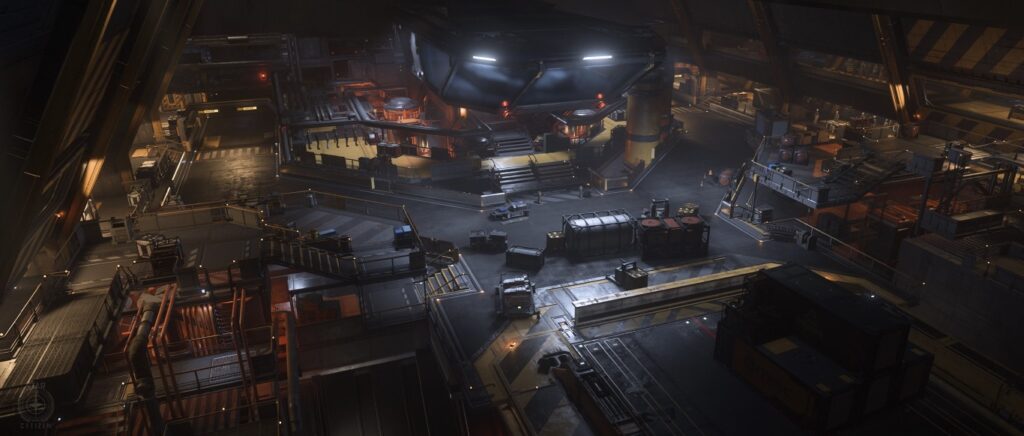
Mission Design
In the previous month, Mission Design focused on developing a scalable chain of missions, spanning various difficulty levels to offer a diverse gameplay experience.
New mission designs were finalized and approved, with both content and technical requirements being addressed for upcoming hauling content.
The ongoing development of XenoThreat 1.2 involved gameplay adjustments and the integration of freight elevators, while Blockade Runner received refinements and freight elevator implementation.
Narrative
February was marked by intensive mission development as the Narrative team geared up for the Alpha 3.23 patch. Collaborating closely with Design, the team worked on integrating narrative elements into new gameplay features, such as Distribution Centers, and began crafting narratives for upcoming Pyro-based missions to enrich gameplay across different locations.
Efforts also continued on future story missions aimed at providing immersive experiences with bespoke dialogues and custom logic, contributing to the broader universe narrative alongside traditional systemic missions.
Additionally, the team focused on enhancing NPC behaviors to enliven in-world events while maintaining a balance between NPC presence and event engagement.
Several narrative posts were published, including a Whitley’s Guide to the Valkyrie and new Galactapedia articles.
R&D
The R&D team made progress on the temporal render mode, refining history filtering and temporal filtering of transmittance to improve image quality and eliminate artifacts during camera movements.
Efforts were directed towards preserving history details and achieving faster convergence to a full-resolution image when necessary.
Tech Art/Animation
Tech Animation focused on refining head assets and addressing technical debt to enhance character appearance. Asset setup for lockers progressed to facilitate apparel changes for players and NPCs, requiring meticulous attention to detail.
Initiatives were launched to ensure build stability and address accumulated technical debt.
VFX
The VFX team advanced work on upcoming locations, including freight elevators and Distribution Centers. Investigations were conducted into planetary ground storms to balance fog density and improve visibility for players navigating through mild storms.
Interested in trying the latest version of Star Citizen? Using our Star Citizen Referral Code will grant you an extra 5,000 UEC when you register!
